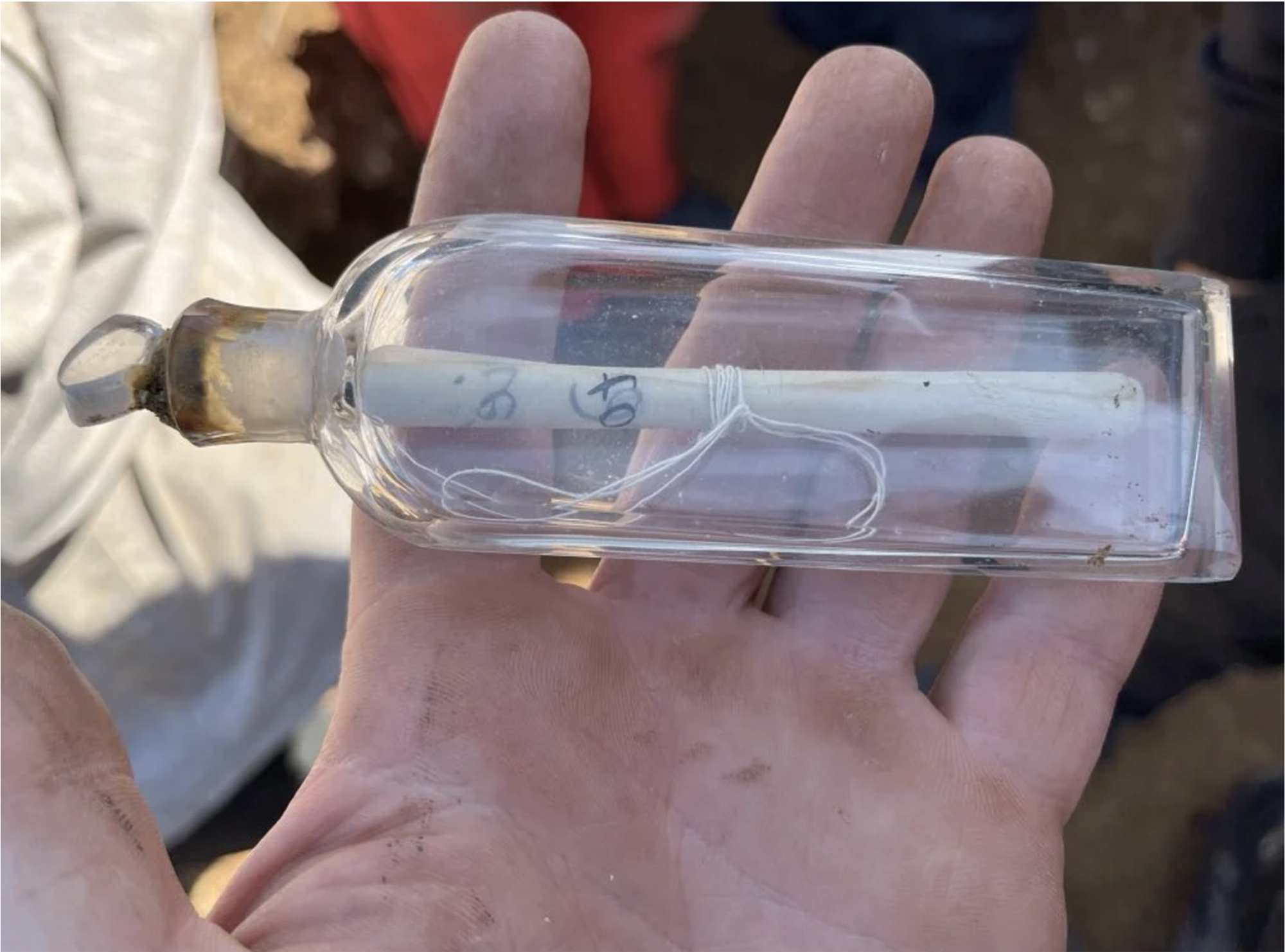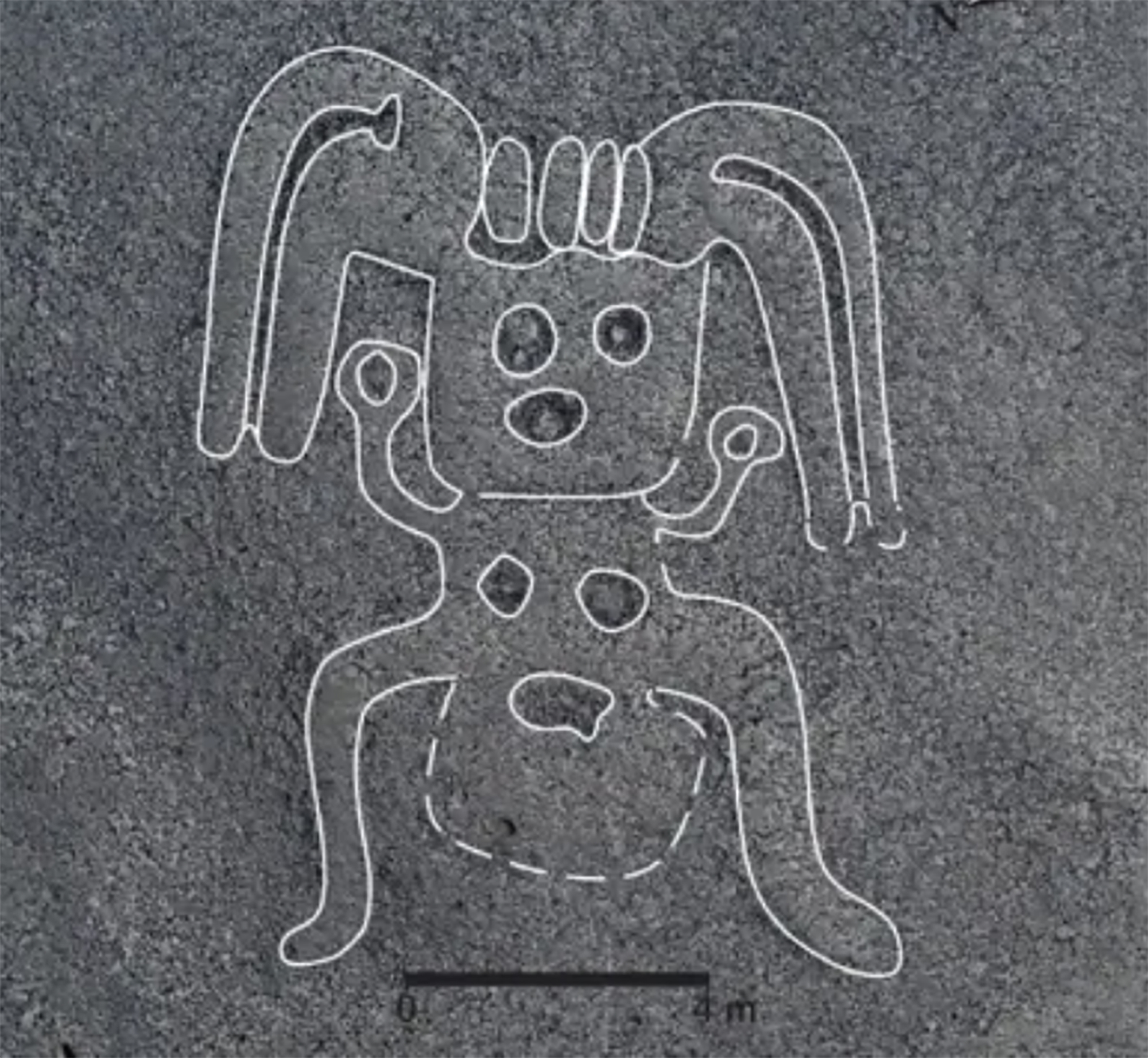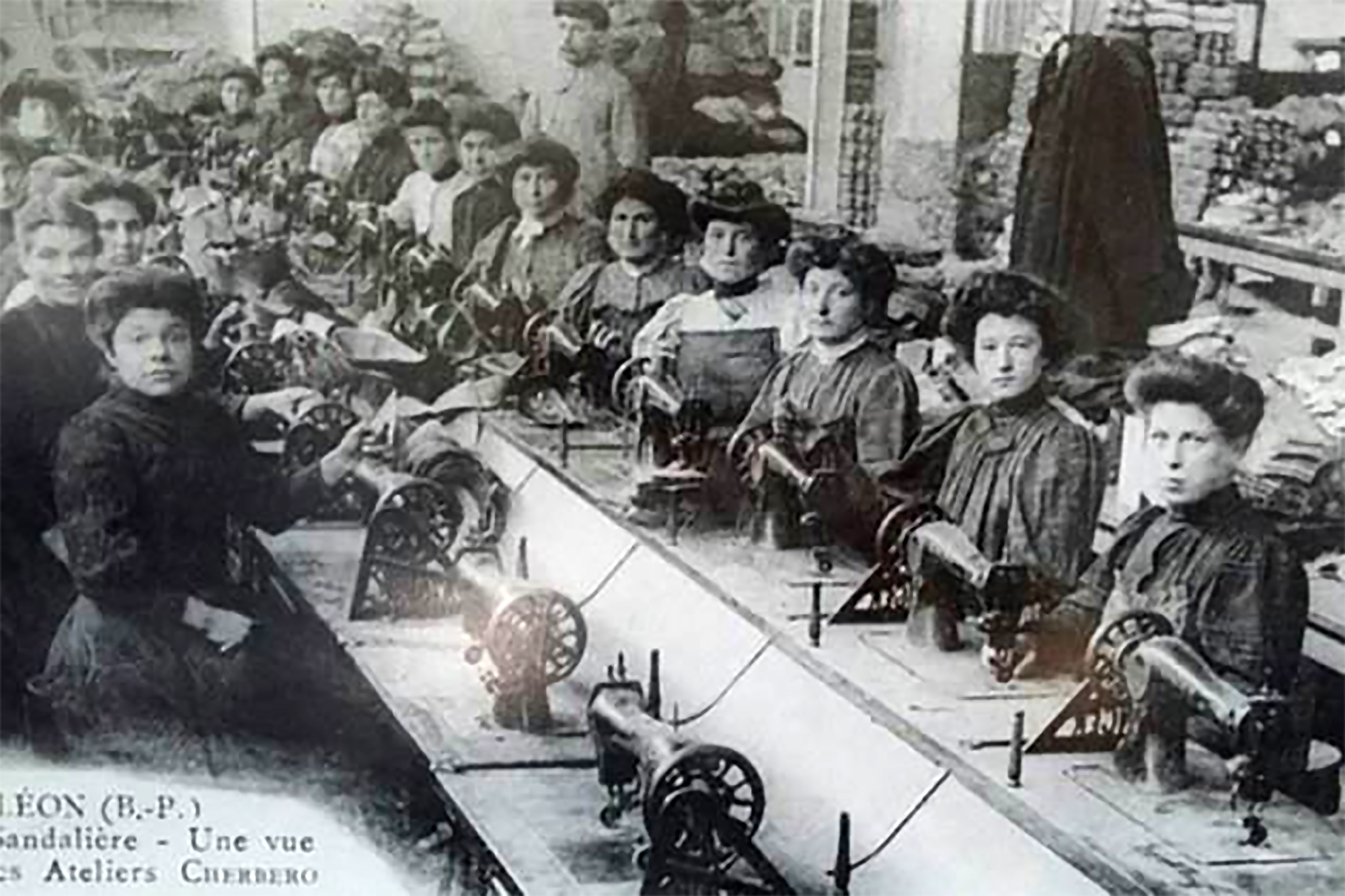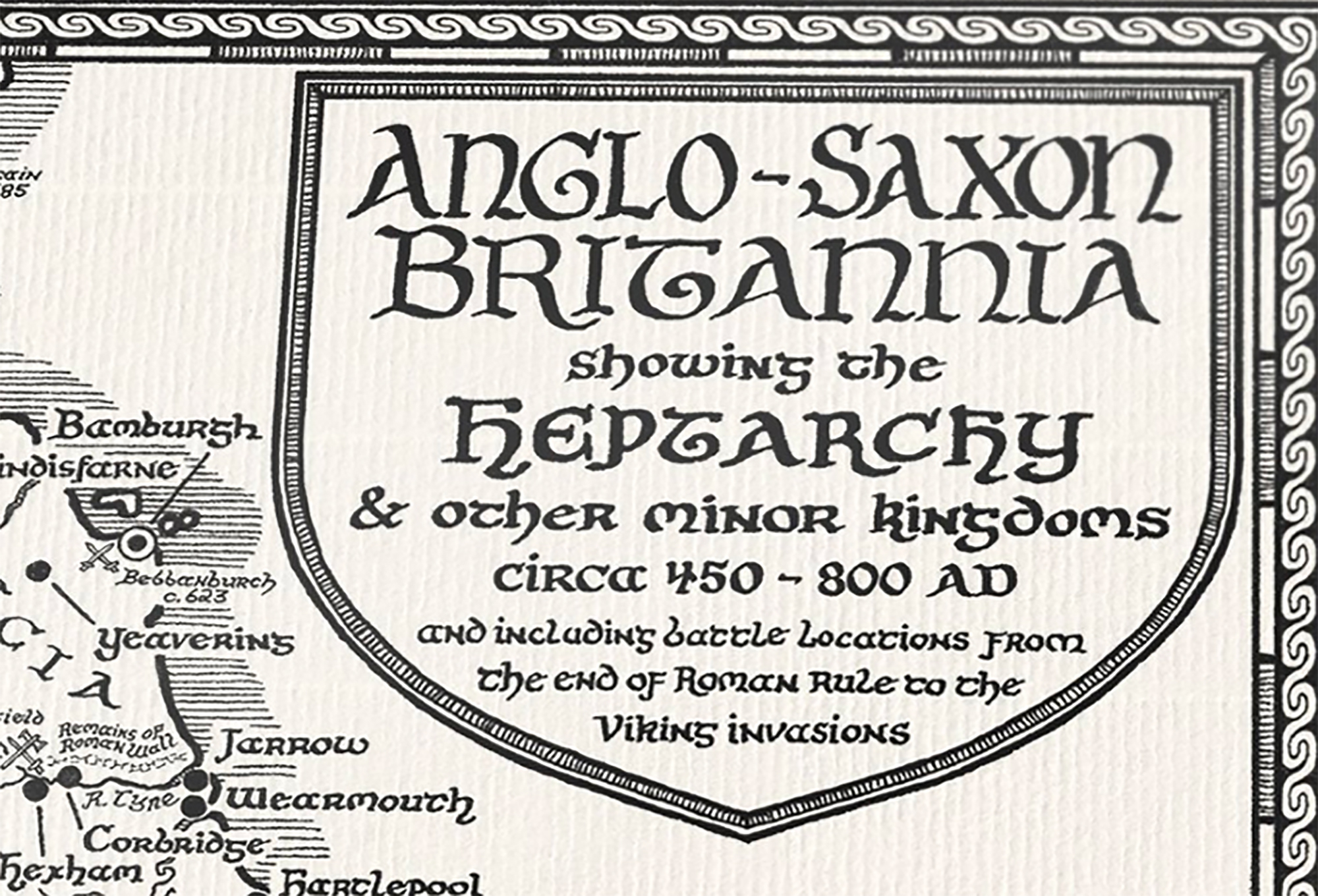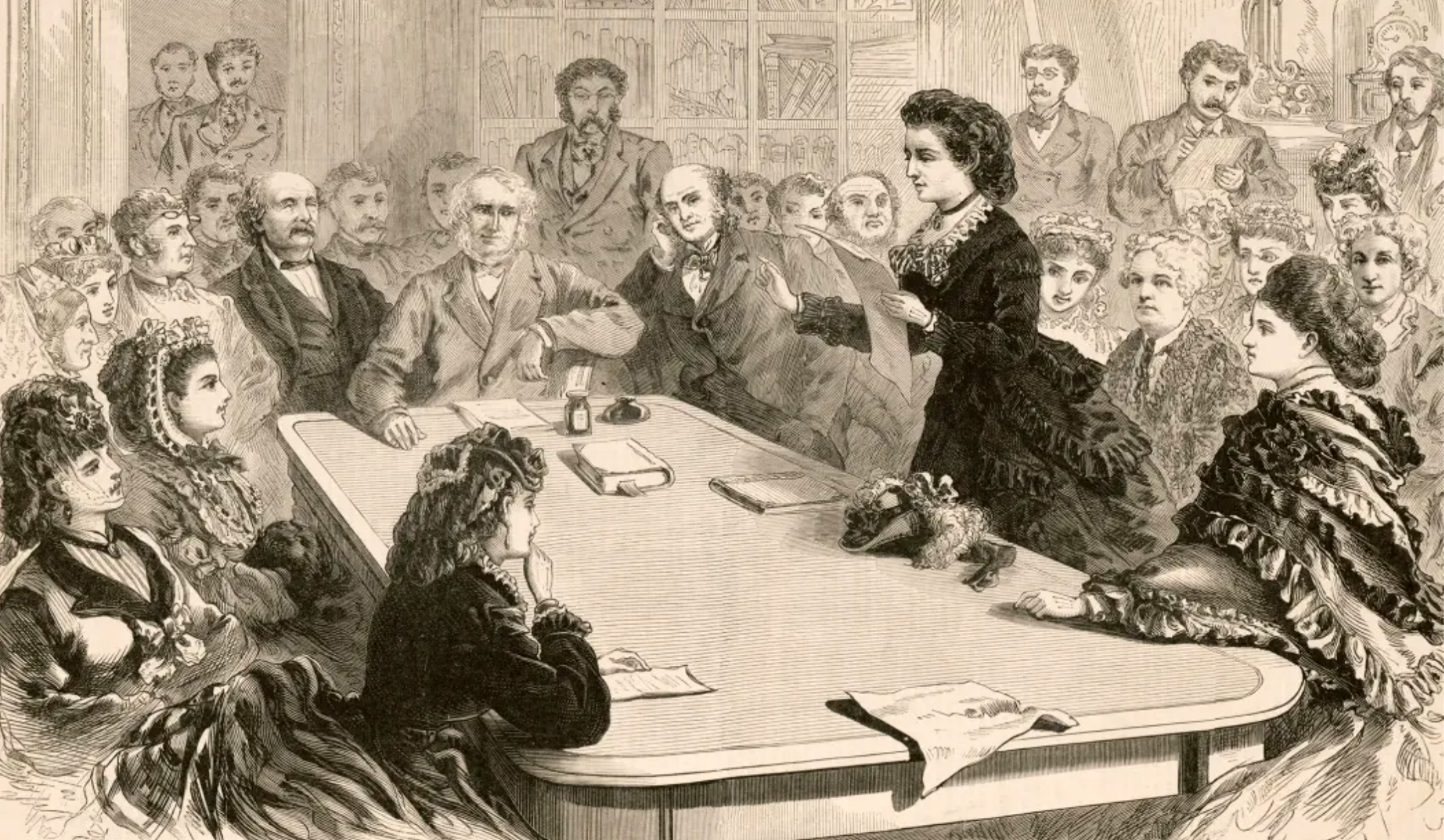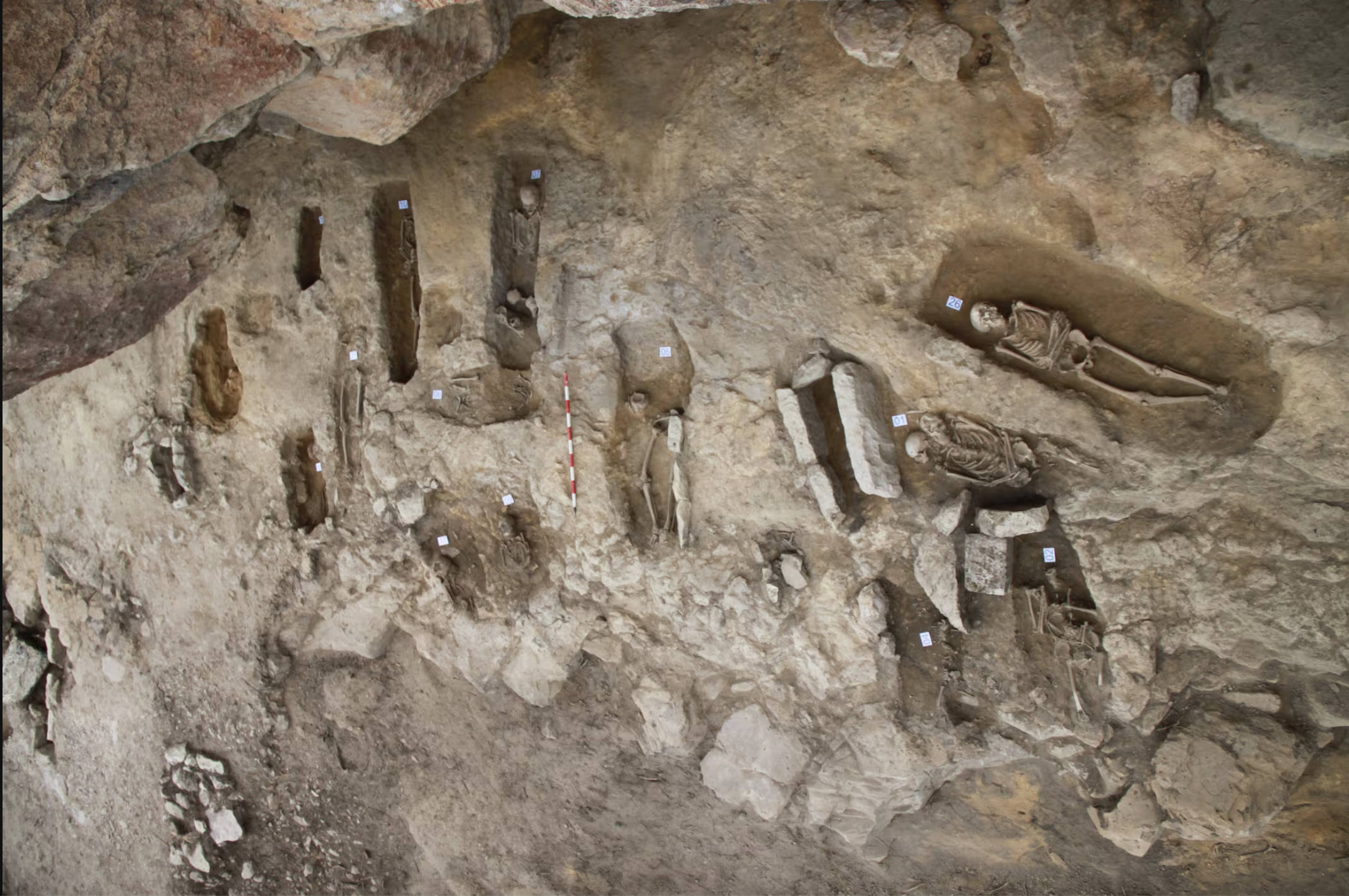The Century of Columbia Donostia
- San Sebastián, 1923. Juan Inurrieta launched the Columbia label, a pioneer in the record industry in the Basque Country and in the Spanish state.
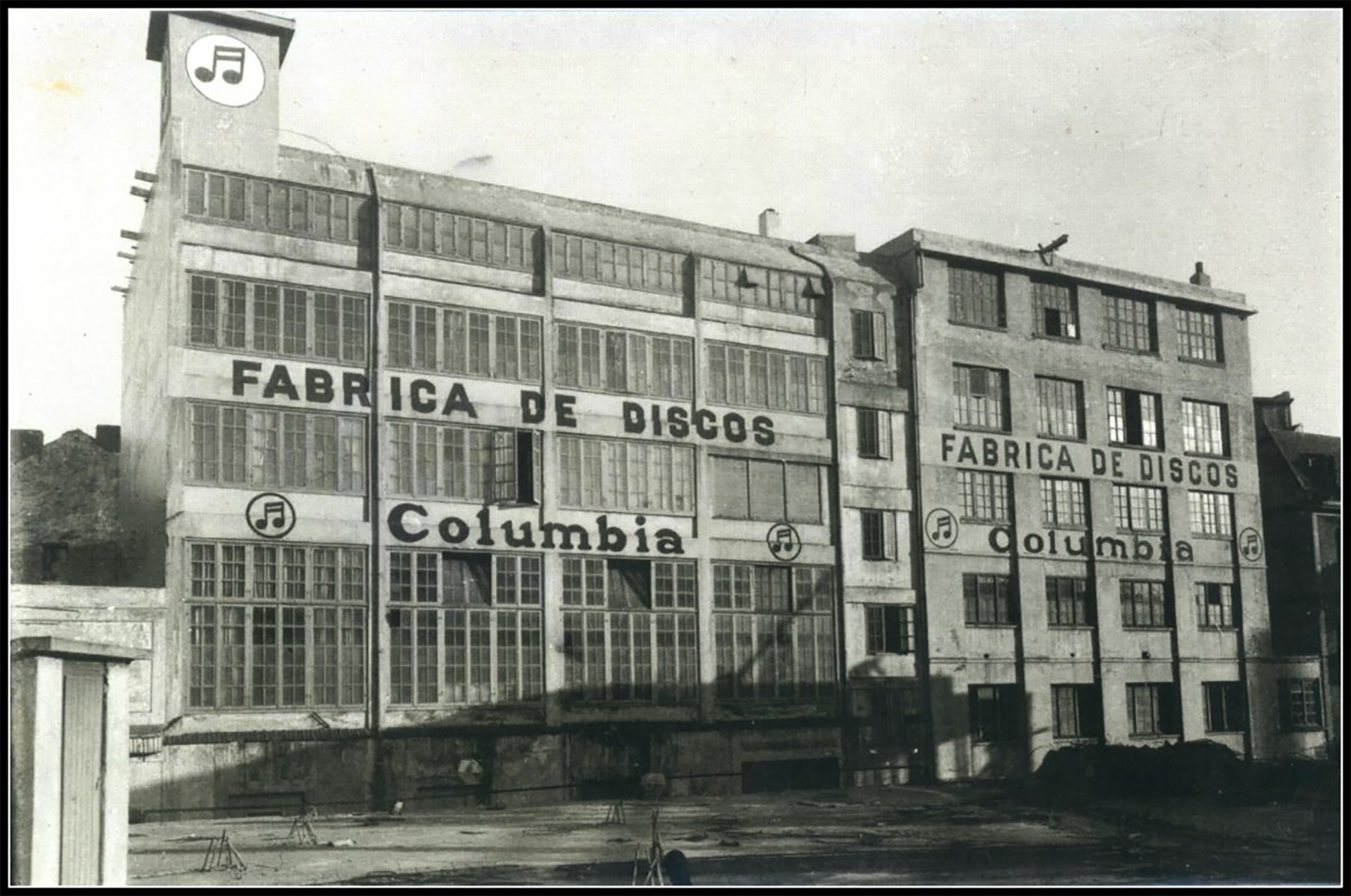
The ant had a supply store, but six years earlier, decided to enter the world of the music industry in January 1917: partnering with Eugenio Insausti, he founded the Spanish-American society for the sale of pianos, pianolas, organs, coils and typewriters. But Insausti died in 1923 and Inurrieta decided to dissolve society and bet on the new record industry. Columbia Gramophone Company Limited from London and Columbia Records from EE.UU. they graduated and started pressing slate disks at their factory in the Benta Berri neighborhood.
In the 1930s, reputation was accompanied by an increase in demand and factory. And on the recommendation of the Americans, he built a study to, in addition to pressing records, make recordings. In the next decade, however, Columbia Records recommended bringing production to Madrid. But Inurrieta did not want to move from San Sebastian and signed agreements with other record companies: Barklay, Decca, Durium, London… And later Enrique Inurrieta, son of Juan, would also create his own Alhambra seal.
Columbia Records recommended bringing production to Madrid. But Inurrieta didn't want to move from San Sebastian.
But Enrique died accidentally in the late 1950s. Fluctuations in wills, but above all under the pressure of an industry growing in big cities, were shutting down the business. Despite working for EMI, Regal, CBS and other companies, the factory was definitely closed in 1975.
Inurrieta, father and son, discovered new Spanish musicians, such as Sara Montiel, Julio Iglesias or the Los Bravos group, with whom they recorded their first albums. They also formed an excellent catalogue of flamenco music. But they also worked with Basque musicians. The work focused mainly on the Orfeón Donostiarra, as well as the recordings of the bertsolari Txirrita or baritone Celestino Saone.
They also produced recorded works in the US or England. For example, in 1963, the single Don’t Say Nothin’ Bad About My Baby – Softly In The Night, by The Cookies. In 2019, The Cookies acted at the Mojo Workin festival in San Sebastian, where singer Margaret Ross had in her hands a small album made in the city 56 years earlier. This single was not the factory's best known work. But the record industry in her newborn reveals the legacy of Columbia Donostiarra.
A group of archaeologists from the University of Berkeley, California, USA. That is, men didn't launch the lances to hunt mammoths and other great mammals. That was the most widespread hypothesis so far, the technique we've seen in movies, video games ...
But the study, published... [+]
Zamora, late 10th century. On the banks of the Douro River and outside the city walls the church of Santiago de los Caballeros was built. The inside capitals of the church depict varied scenes with sexual content: an orgy, a naked woman holding the penis of a man… in the... [+]
Born 7 November 1924. A group of anarchists broke into Bera this morning to protest against the dictatorship of Primo de Rivera and to begin the revolution in the Spanish state.
Last October, the composition of the Central Board was announced between the displaced from Spain... [+]
Washington (EE.UU. ), 1807. The US Constitution banned transatlantic slave trade. This does not mean that slavery has been abolished, but that the main source of the slaves has been interrupted. Thus, slave women became the only way to “produce” new slaves.
So in 1845, in... [+]
A group of interdisciplinary researchers from the Free University of Berlin and the Zuse Institute have developed a complex mathematical model to better understand how Romanization spread in North Africa.
According to a study published in the journal Plos One, the model has... [+]
Japan, 6 and 9 August 1945, the United States launched an atomic bomb causing tens of thousands of deaths in Hiroshima and Nagasaki; although there are no precise figures, the most cautious estimates indicate that at least 210,000 people died at the end of that year. But in... [+]
While working at a site in the Roman era of Normandy, several archaeology students have recently made a curious discovery: inside a clay pot they found a small glass jar, of which women used to bring perfume in the 19th century.
And inside the jar was a little papelite with a... [+]
Born 2 October 1968. A few months earlier, the student movement started on June 22 organized a rally in the Plaza de las Tres Cultura, in the Nonoalco-Tlatelolco unit of the city. The students gathered by the Mexican army and the paramilitary group Olympia Battalion were... [+]
A team of researchers led by the Japanese archaeologist Masato Sakai of the University of Yamagata has discovered numerous geoglyphs in the Nazca Desert (Peru). In total, 303 geoglyphs have been found, almost twice as many geoglyphs as previously known. To do so, researchers... [+]
Tijarafe (Canary Islands), mid-14th century. When the first Catholic monks came to the area of the island of La Palma, the Awares, the local Aborigines, saw that they worshipped the sun, the moon and the stars.
And this has been confirmed by the archaeological campaigns carried... [+]
On the northern coast of Peru, in the deposit of Diamarca, mochica culture (c. 330-H. C. 800) have found a trunk room. This culture is known for its impressive architecture, vast religious imaginary and colorful walls full of details.
The room found confirms these... [+]
Maule, 1892. Eight women from the Salazar Valley headed home from the capital of Zuberoa, but on the way, in Larrain, they were shocked by the snow and all were killed by the cold. Of the eight, seven names have come: Felicia Juanko, Felipce Landa, Dolores Arbe, Justa Larrea,... [+]
The University of Nottingham has changed its name to the Master in Studies on Anglo-Saxons and Vikings: Medieval Higher Studies of England. The Anglo-Saxon England Journal of the University of Cambridge had also been previously renamed: It's the Early Medieval England Journal... [+]
Born 2 April 1970. The newspaper New York Herald published a letter with activist and broker Victoria Woodhull (1838-1927), in which he realized his candidacy for the U.S. presidential elections of 1872. It is the youngest candidate in history, who would be 34 years old on the... [+]
Treviño, 6th century. A group of hermits began living in the caves of Las Gobas and excavated new caves in the gorge of the Laño River, occupied since prehistory. In the next century, the community began to use one of the caves as a necropolis. In the 9th century they left the... [+]

















